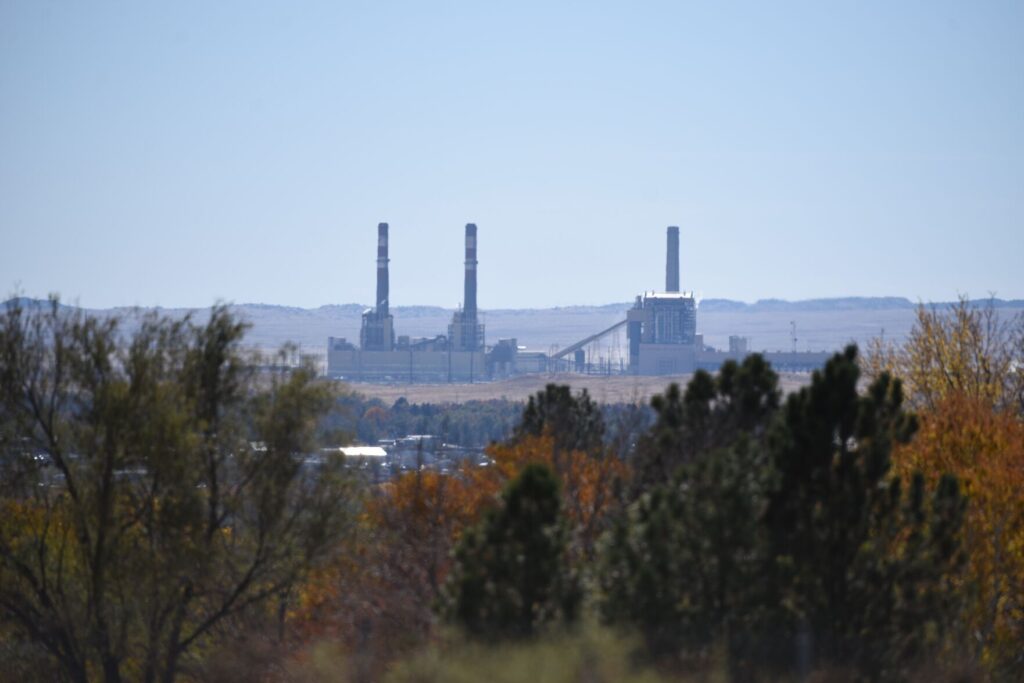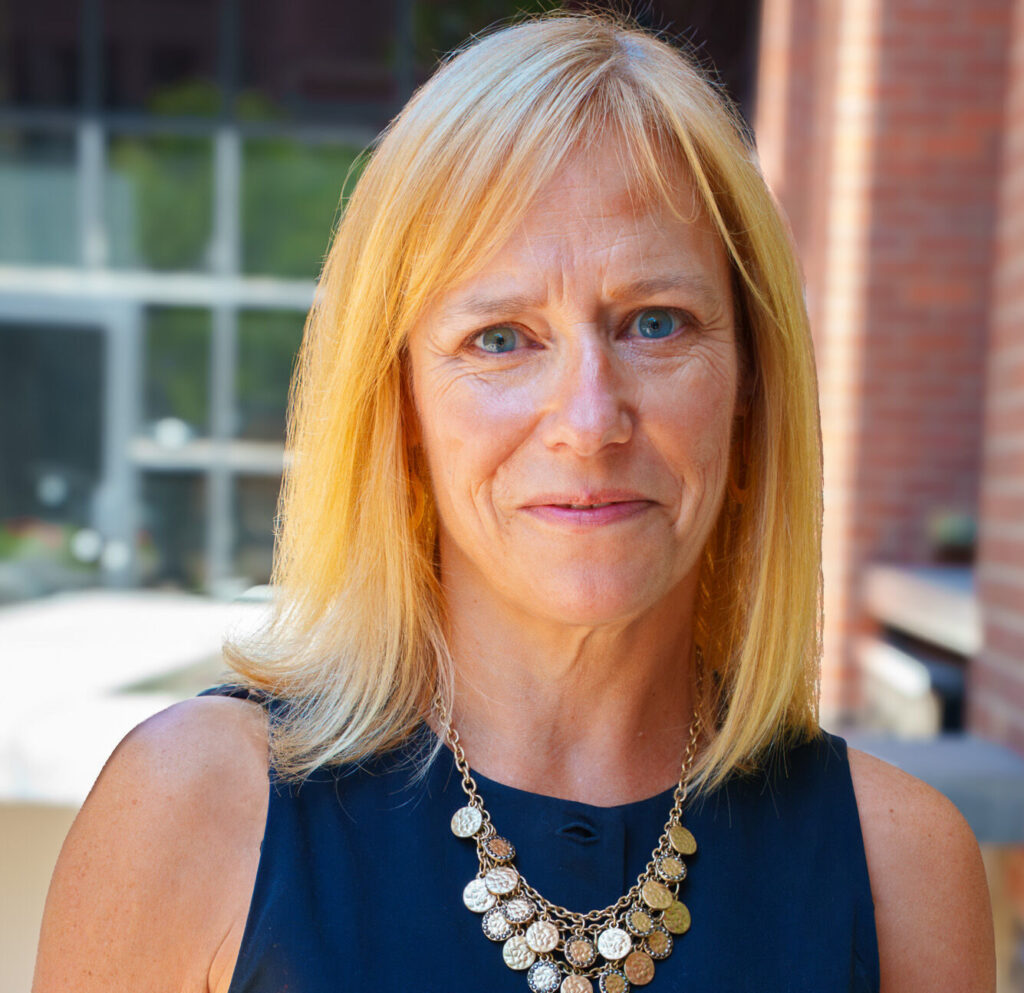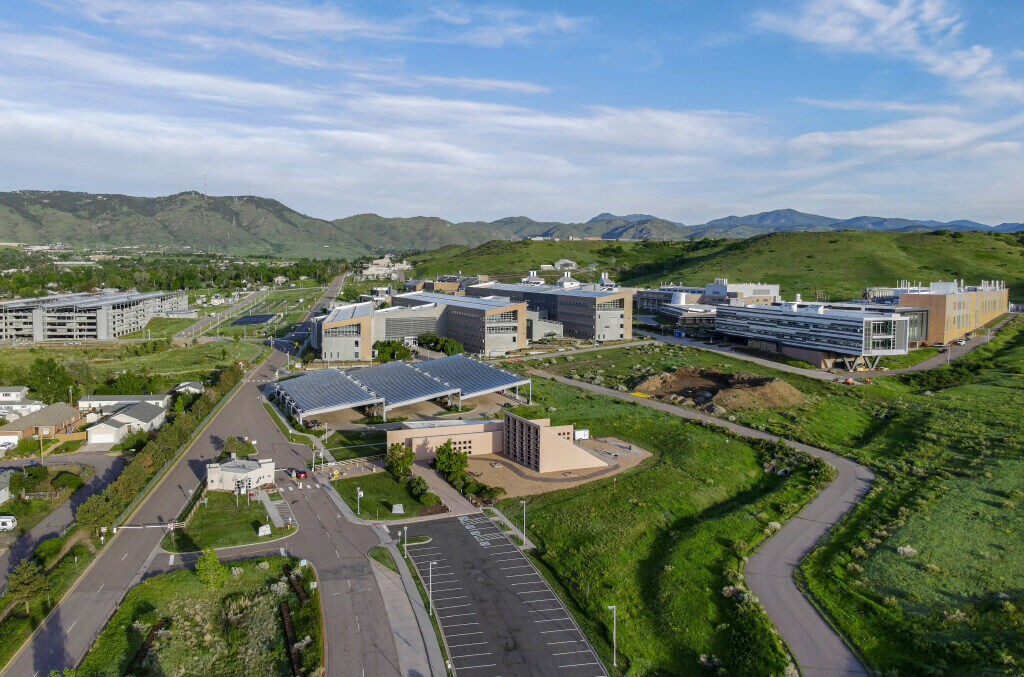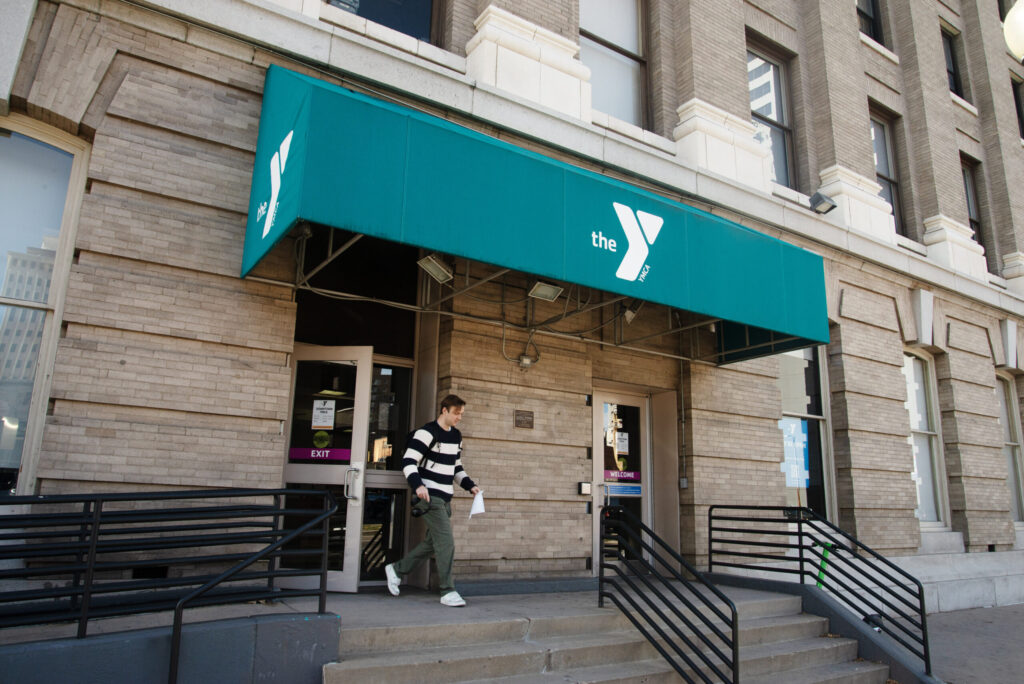Student enrollment down statewide, up in Denver because of newly arriving immigrants

Student enrollment statewide declined for a second year with new data from the Colorado Department of Education showing a loss of about 1,800 students on what’s called the October count, which is used to determine funding levels for school districts.
“On a percentage basis, it’s a fairly small change,” said Jennifer Okes, chief school operations officer for the Colorado Department of Education.
Statewide enrollment remains relatively stable.
Those 1,800 Colorado students equate to a roughly 0.20% decrease, down from 883,264 in 2022 to 881,464 last fall, state data shows.
Colorado’s enrollment was last this low in 2013, when 876,999 pupils were counted, after gaining 13,438 students.
What the Oct. 2 count doesn’t show is the growth – spurred by newly arriving immigrants – to Denver Public Schools, the state’s largest school district. In 2022, the district lost more than 1,000 students, which represented a 1.15% change from the previous school year.
Not this school year.
Since mid-August, the district has had a net gain of 100 students each week, said Russell Ramsey, executive director of enrollment and campus planning for Denver Public Schools.
That equates to roughly 2,400 new students, about 40% of whom have enrolled since October, according to the district.
For a district that has been shedding students, the additional number of pupils should come as good news – in terms of funding. Lower birth rates, Denver’s skyrocketing home costs and gentrification have been the biggest factors behind the district’s declining enrollment. But the majority of these out-of-country students arrived after the October count.
“In a normal year, enrollment trickles off slowly throughout the entirety of the year,” Ramsey said. “This year it’s been going up over time and that has been driven by new-to-the-country students.”
Ramsey added: “They would not show up in the October count.”
Newly arriving immigrants – the majority from Venezuela, who have crossed the southern border illegally and arrived in Denver – have been credited with the unexpected increase in enrollment this academic year.
Because the October count determines funding, it means the district has been short roughly $14 million. It’s a cost that the district must absorb.
“There’s no adjustments for funding,” Okes said.
Enrollment in Denver peaked in the 2019-2020 academic year with 92,112 students. While the previous decade showed gains year-over-year, the trend since has been marked by lower enrollment.
Other highlights from the statewide count:
? First grade was hardest hit with a 3.91% decline, or the loss of 2,478 students compared to 2022.
? The demographic with the steepest enrollment declines in Colorado were White students with 7,526 fewer than the previous count, a 1.66% loss.
? The percentage of multiracial students increased by 3.5%, with Native Hawaiian or other Pacific Islander students rising 9%.
? Full-time homeschool students increased roughly 8% to 9,406 students.
? Charter school student enrollment dropped 1.8% to 135,223.
Colorado’s enrollment has declined three of the past four years with 2021 being the exception following a historic drop of 30,000 in 2020 at the height of COVID-19 pandemic.
The state’s demographer told the State Board of Education last week she expects to see a downward trend for the foreseeable future.
“We will see a decline until about 2028 or 2029,” Elizabeth Garner, a demographer with the Colorado Department of Local Affairs, said in a statement. “We won’t get back to 2020 levels until 2035.”
In the decade between 2010 and 2020, Colorado was the sixth-fastest growing state in the country, adding 75,000 people every year, Garner said. But those numbers have since slowed to about 30,000 a year.
The reason?
The mortality rate is up. Fewer babies are being born. And fewer people are moving to Colorado.
Over the past decade, nearly two out of three Colorado counties have seen declines in the school-age population.
Colorado’s enrollment reflects national trends.
“Public school systems across the country are experiencing declines in student enrollment, particularly in the early grades,” Colorado Education Commissioner Susana Córdova said in a news release. “We know that pre-kindergarten and kindergarten are where students build critical foundations for life-long academic success including language development, early literacy, and social skills.”
Of the state’s five largest school districts – Denver, Jefferson County, Douglas County, Cherry Creek and Adams 12 – only Denver saw gains in the October count (plus 371), state data shows.
In terms of raw numbers, Jefferson and Douglas County school districts lost the most students, 906 and 908 respectively.
While the state forecast predicts additional student losses, international immigration, housing and water are among the uncertainties.
Historically, Denver Public Schools has retained about 75% of its new students, but the influx of nearly 38,000 immigrants from South and Central America – many who come with school-aged children – means what is unfolding is hardly typical.
“We still predict an overall decline in the long run,” Ramsey said.
Consistency, Ramsey said, is really based on housing availability.
And with many of these new-to-the-country students living in temporary shelters, predicting where the enrollment gains and losses might be makes Ramsey’s job challenging.
About 12-to-15 schools in southeast and northwest Denver have absorbed most of the new arrivals, district officials have said. One of the hardest hit areas for declining enrollment has been in southwest Denver. This can have a ripple effect that impacts staffing and class sizes.
“What has made it more of a crunch is that it has not been distributed equally across the district,” Ramsey said. “The longer that this influx continues, the more the hot spots overflow into each other.”
Ramsey added: “We see no sign of this changing.”














